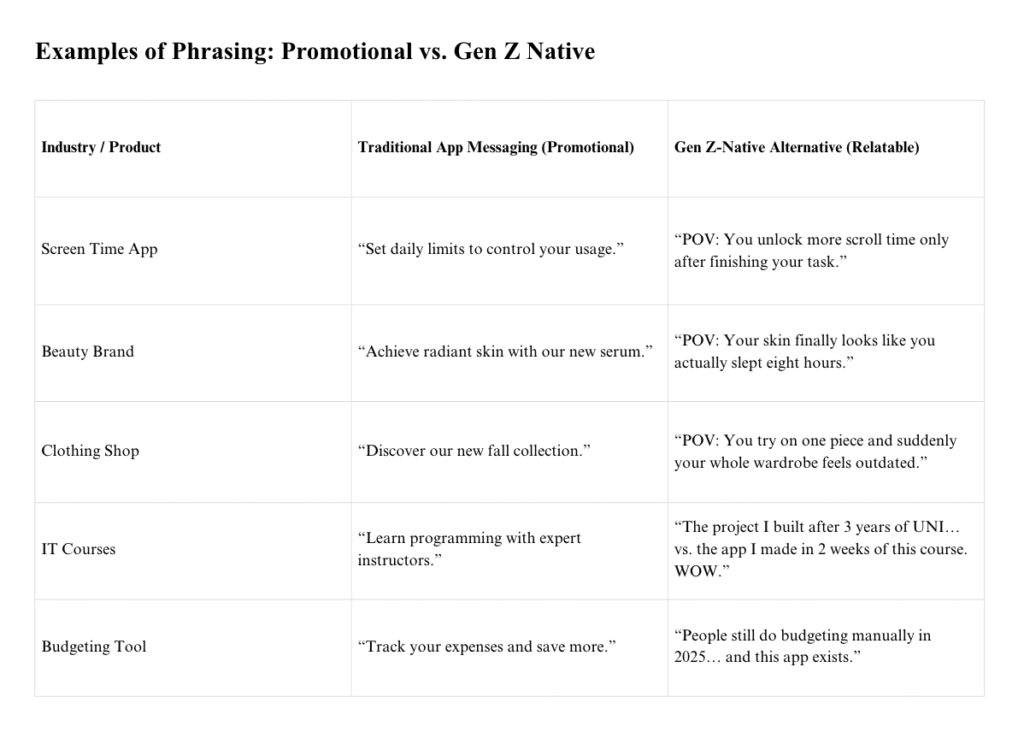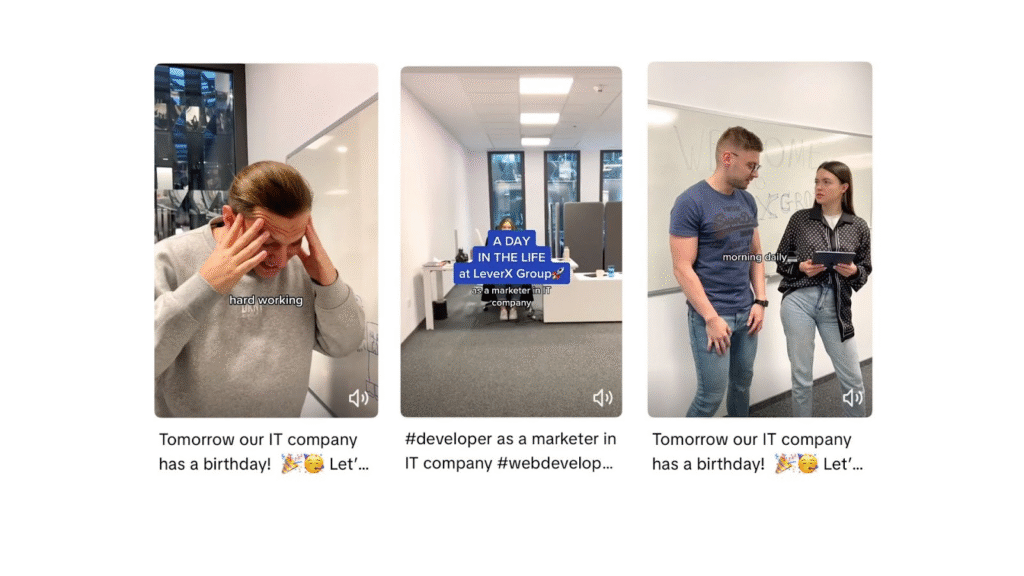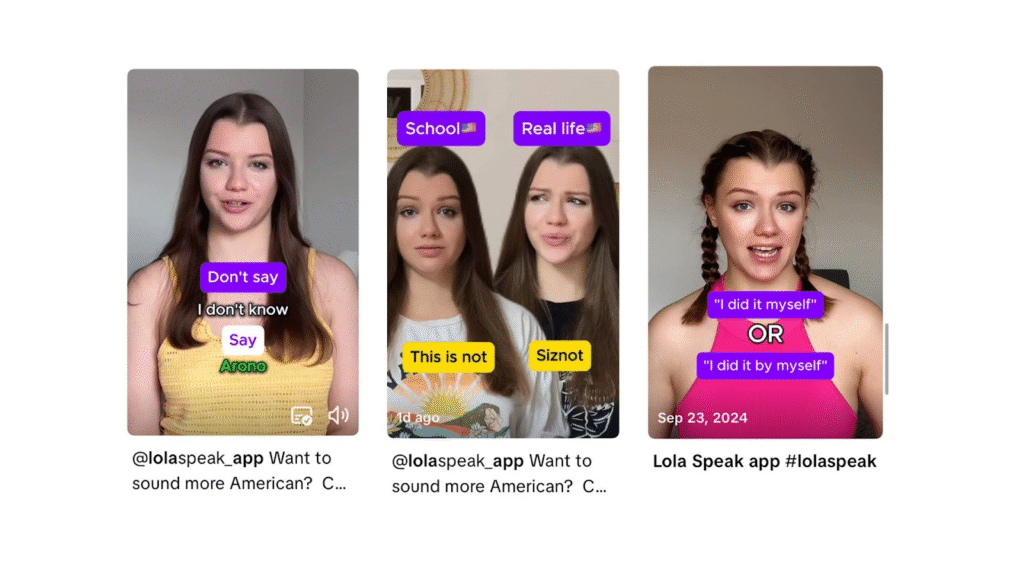Gen Z doesn’t just consume content, they set the tone for how it’s created and shared.
They move quickly through feeds, ignore anything that feels like advertising, and gravitate toward storytelling that feels authentic and relatable.
For startups, mastering this approach is essential to building awareness, trust, and growth without relying solely on paid campaigns.
By applying a Gen Z-first content strategy, founders can create organic traction, foster community, and scale even on lean budgets.
Below are five key principles every founder should understand, illustrated with insights from real projects that reached millions of users using organic video alone and $0 budget.
1. Fight for the attention
Attention spans are shrinking. Research from Microsoft shows the average human attention span has fallen from 12 seconds in 2000 to just 8 seconds today.
On TikTok and Instagram, this number is even lower, with Gen Z often deciding within two seconds whether to continue watching or swipe away.
The implication for startups is clear: the opening of a video must immediately spark curiosity or recognition. This can be achieved through a bold claim, a surprising statistic, or by dramatizing a common frustration.
When ReBrain launched its organic campaign, its videos began with highly relatable scenarios of endless scrolling rather than feature explanations.
This framing allowed the audience to connect instantly and encouraged them to stay engaged through the payoff.
The strategy generated millions of views and helped the app reach 20,000 users in its first week without paid promotion.

2. Speak the same language and keep it “real”
Highly polished ads often underperform on short-form platforms. Gen Z prefers content that looks like it was created by peers, not by professional studios.
Authenticity builds trust, while overly scripted messaging is quickly dismissed as promotional.
For example, many apps in the digital wellbeing space still rely on instructional language such as “Track your usage” or “Set daily limits.”
While these phrases communicate the function of the product, they don’t translate well into short-form video culture, where content needs to entertain before it informs.
On platforms like TikTok, that type of messaging often comes across as dry and is quickly skipped.
Instead of saying “Limit your scrolling,” content that begins with “POV: You said one video before bed…” or “Your brain is cooked after three hours of doomscrolling” mirrors how users already describe their own habits.
The latter approach feels native to the platform, blends with existing trends, and increases the likelihood of organic engagement.

3. Build a series people will wait for
While individual viral videos can create temporary spikes, sustainable growth comes from a consistent series.
Gen Z responds well to repeatable formats they can anticipate, share, and follow over time. This turns casual viewers into loyal followers and builds brand familiarity.
Startups can structure these formats as recurring POVs, challenges, or episodic storylines.
A clear example is Focus Keeper, a productivity app that targeted students by publishing a series of short study tips on Instagram.
Each clip was part of a numbered sequence, and the audience began to anticipate the next installment. The strategy worked: the series reached millions of views, with viewers actively waiting for every new part.
This kind of repetition does more than drive engagement. It helps the audience associate the product with a distinctive content style.
Over time, viewers begin to recognize the brand by its unique approach, even before the logo or app name appears on screen.

4. Target engagement, not just views
Algorithms reward interaction, not passive consumption. For startups, this means content should be designed to spark responses: comments, shares, stitches, or duets. Engagement also fosters community, which strengthens long-term retention and loyalty.
This approach can include asking viewers to tag friends, posing open-ended scenarios, or replying directly to user comments with new content. Sprout Social reports that 54% of TikTok users engage with brand content daily.
A clear example is LeverX Group, which used TikTok as part of its employer branding strategy. By publishing behind-the-scenes content and workplace storytelling, the company encouraged viewers to comment and tag peers interested in tech careers.
The campaign generated strong engagement while also driving direct job applications from developers, showing how interactive content can convert attention into meaningful outcomes.

5. Give value first
Content that purely promotes a product often fails to sustain attention. Gen Z responds best when brands provide immediate value (whether through education, entertainment, or practical tips) before introducing their offering.
By prioritizing usefulness, startups can build credibility and trust that naturally translate into engagement and growth.
Educational content is especially effective in this context. Instead of leading with features or benefits, founders can share insights, quick lessons, or problem-solving advice that connect directly with the audience’s interests. This positions the brand as a helpful resource rather than a marketer.
A strong example is Lola Speak, a language learning app that built its TikTok presence around short, educational videos.
By consistently giving value first, the account grew to more than 500,000 followers, generated millions of monthly views, and became the most popular language-learning brand on the platform.
The reach translated directly into app downloads and positioned Lola Speak as a category leader in a remarkably short period of time.

The Gen Z content formula is built on five pillars: strong hooks, native storytelling, consistent series, engagement-driven design, and purposeful trend adoption.
Startups that master these principles can achieve outsized growth even without advertising budgets.
The trajectory of recent content successes shows the potential of this strategy.
Whether it’s using repeatable formats, encouraging interaction through community cues, or leading with educational value, the same pattern emerges: Gen Z responds to content that feels authentic, useful, and culturally relevant.
For founders, the takeaway is clear: speaking the language of Gen Z is not a creative experiment. It is a proven growth strategy that can turn organic content into a powerful acquisition engine.









